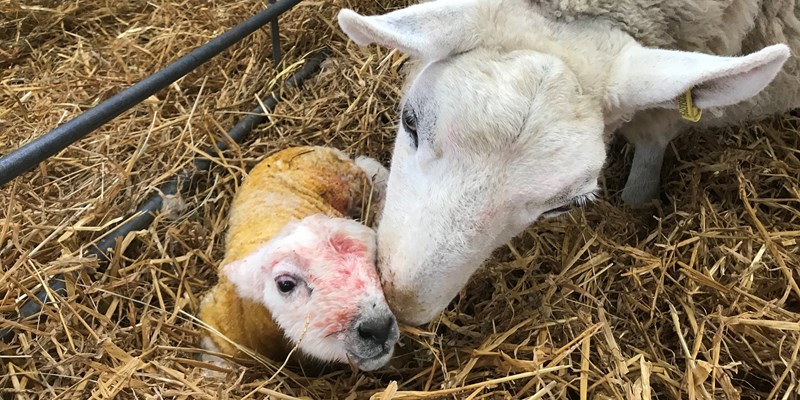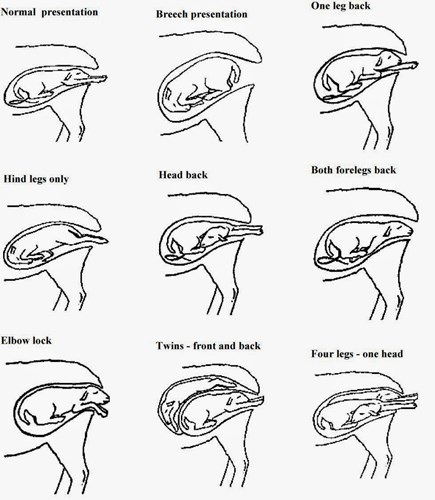
As we move into our last week of lambing, I thought you might like to see one of our ewes give birth to a set of twins! I have been trying to catch this for the last 3 weeks and have managed it at last!! I have edited the video down a bit for your viewing but the whole process took roughly 30 minutes from start to finish.
This ewe is a great example of a straightforward birth. She was just popping out the first lamb when I started filming. You will see how quickly the first lamb sits up and how attentive the ewe is to her newborn baby, licking & bleating to it gently as I spoke about previously. You might notice, as she turns round, there is something that looks like a dark ball below her tail. This is one of the waterbags that are inside the ewe and surround the lamb, cushioning it and protecting it as it grows.
Just like a human, the lamb is attached to a placenta inside its mother by a special cord called an umbilical cord. The placenta is an amazing creation and is what passes oxygen, nutrients and important antibodies to the growing lamb from its mother as well as being responsible for transferring waste products from the lamb back to the ewe. The placenta is attached to the lamb’s navel (or belly button as we might call it) via the umbilical cord. When the lamb is born, the cord breaks, and the lamb then has to breath & feed for itself.

Some of you might think this video looks disgusting but it shows one of THE most natural & normal things in the world and it doesn’t matter how many times I see, or have to help a birth, it is always amazing.
